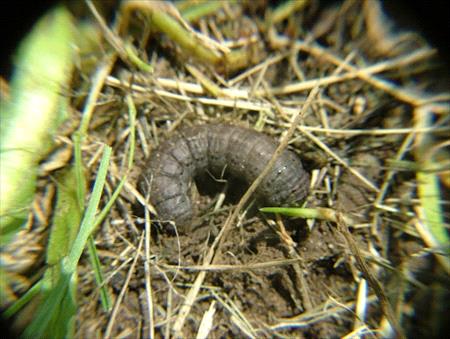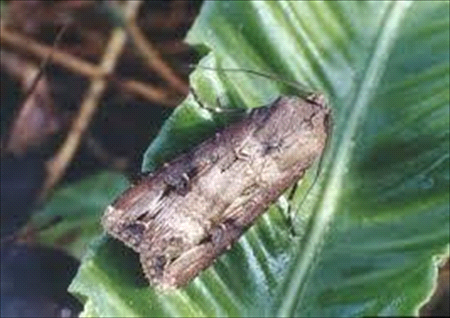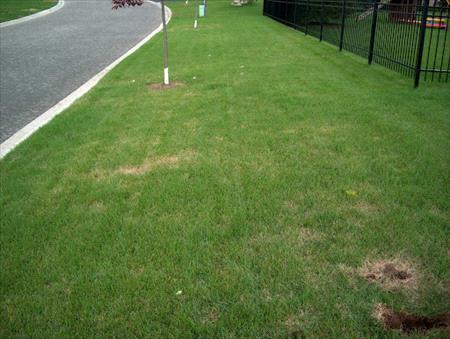Your Cart

LEARN YOUR LAWN: CUTWORMS
Request a Quote
A Cutworm is a type of moth larva that feeds on the stems and leaves of plants, often cutting them off at or near the soil line. Cutworms are often gray or brown in colour and can range in size from 2½ - 5 cm long. They can cause significant damage to turf and can be difficult to control, as they are usually active at night and hide in the soil during the day. Cutworm damage looks quite similar to symptoms of dryness, leading many homeowners to mistakenly assume that their lawn only needs water to restore its lush appearance. Cutworms cause dead patches of grass to appear, and the dead grass plants may be easily pulled away by hand. Egg Stage: Cutworm eggs are typically laid in clusters on or near the soil surface. They are small, round, and can be various colours, depending on the species of Cutworm. Larva Stage: Once the eggs hatch, the larvae begin to feed on plant material, such as leaves, stems, and roots. They typically go through several molts before reaching maturity. Pupa Stage: After the larva has grown to maturity, it burrows into the soil and forms a pupa. The pupa does not feed and is typically inactive for about 7 to 14 days, depending on the species. Adult Stage: The adult Cutworms emerge from the soil. The moths are typically dull-coloured, with a wingspan of 2½ - 3 cm. They are nocturnal and typically lay eggs within a week of emerging from the soil, starting the cycle all over again. Depending on the species of Cutworm, some variations may occur in their life cycle and habits. Cutworms are ideally controlled early in their life cycle, before severe damage occurs. A change in cultural practices can help deter infestations of this pest. However, if damage becomes severe, other forms of control may be necessary. A thick, healthy, well-maintained lawn is always the best line of defense. This can be achieved through beneficial cultural practices, which include: Watering: Deep and infrequent watering is essential for strong plant health and development. A general rule of thumb is to water each area of your lawn for 30-45 minutes, twice per week, in the early morning so the turf is dry by nightfall. Mowing: Maintain a regular mowing schedule throughout the growing season. In general, you should keep your lawn between 2 ½ and 3 ½ inches high, but during the hottest weeks of summer, you may allow the grass to grow as high as 4 inches. Never remove more than ⅓ of the grass blade at each mowing. Fertilizing: Regular applications of Weed Man’s specially formulated, slow-release granular fertilizer will help provide your lawn with adequate nutrients. These applications are timed specifically to avoid over fertilizing the lawn. Core Aeration: Aerating your lawn can improve soil drainage and help reduce the likelihood of insect infestations. It will also alleviate soil compaction and allow water and nutrients to penetrate deeper into the soil. Your local Weed Man professional may be able to offer other solutions and recommend the best form of treatment that is available to improve the conditions of your lawn.What Are Cutworms?
What is the life cycle of a Cutworm?
How Can I Control Cutworms In My Lawn?
 English (USA)
English (USA) Français (CANADA)
Français (CANADA)


